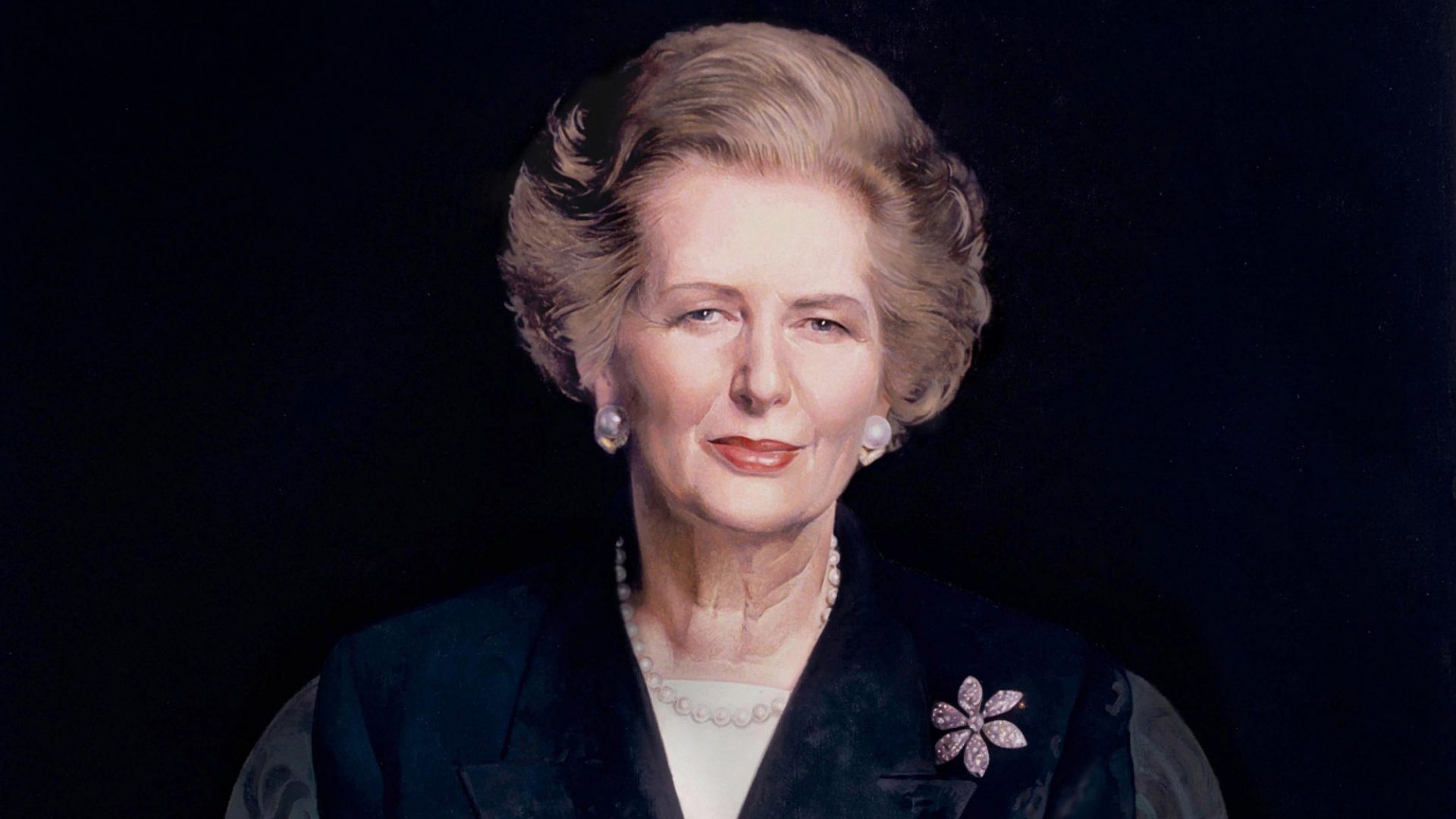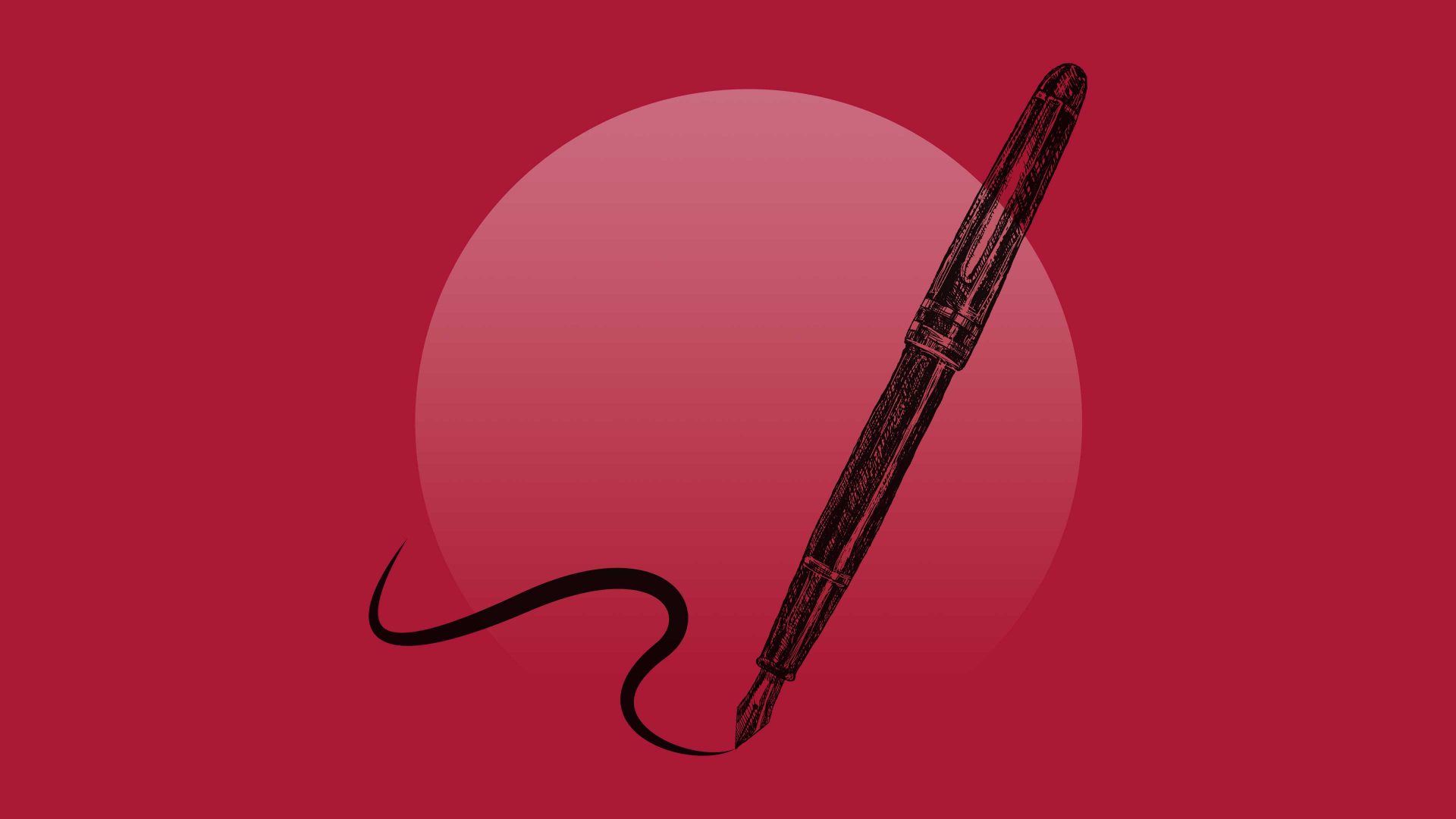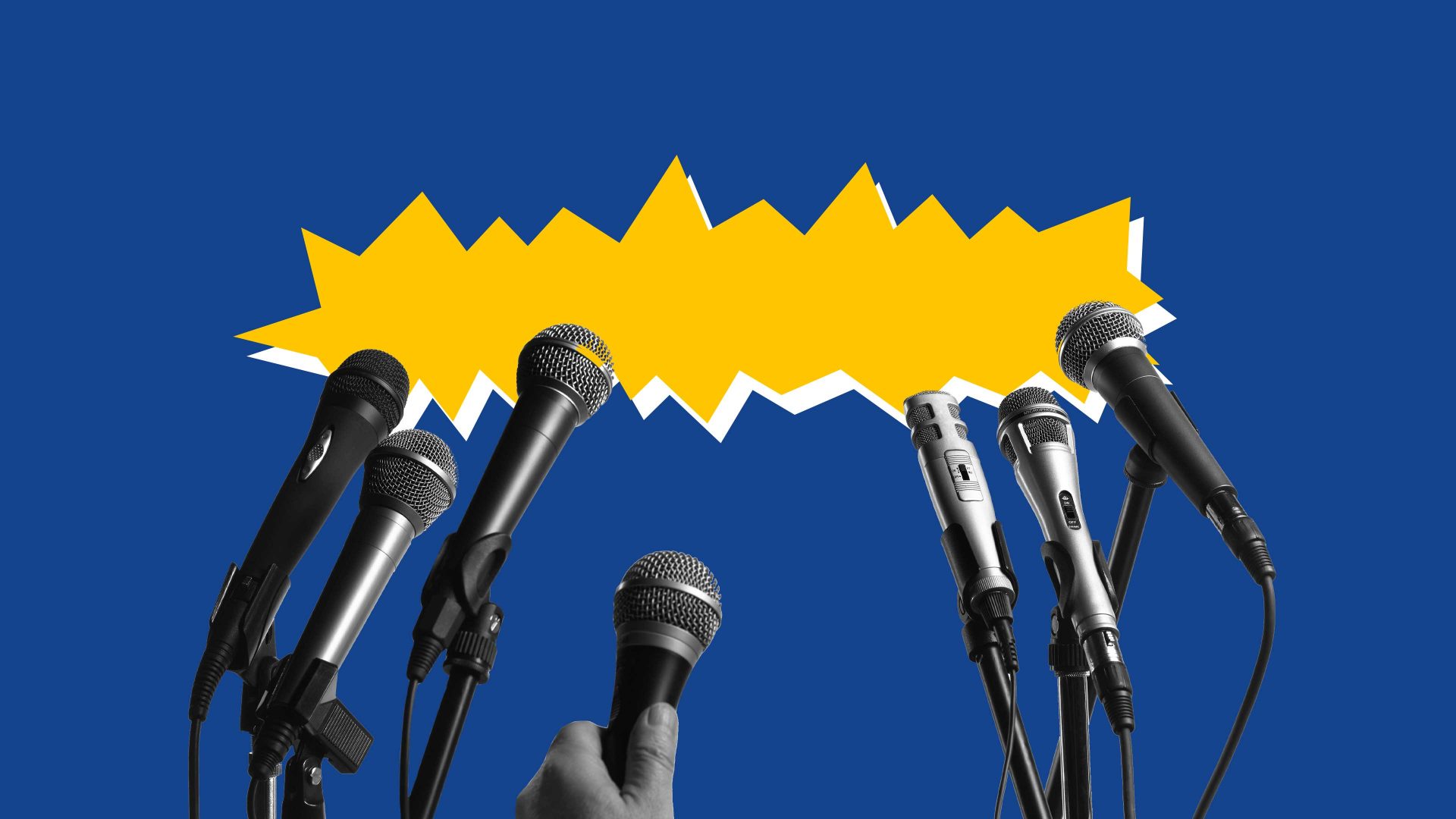Outrage! A Labour prime minister, Keir Starmer, moves a portrait of the long-serving Tory prime minister, Margaret Thatcher, from a prominent place in his office.
That word – “outrage” – on the front page of the Daily Mail was enough to trigger a media frenzy. Parts of the BBC and Twitter/X were quick to follow it up.
Inevitably, Boris Johnson chose the Starmer act of apparently vile insurrection as a lazy theme for his column. And on we went, a small unsurprising private act becoming a raging issue in the media.
When John Birt was director general of the BBC, he asked the corporation’s army of journalists to pose a single question when weighing up whether to run with a news story: “What is its significance?” Birt was the last DG to lead with a clear sense of purpose and mission.
He added a series of sub questions to give greater precision: “Was the story surprising? What impact would it have on the lives of viewers and listeners?”
There were other related questions too, but here was the essence. There are a thousand potential items to fill a news bulletin or daily current affairs programmes each day. What is their significance?
Fast forward to the apparent story that erupted around us in recent days. To quote the full front-page headline in last Friday’s Daily Mail: “Outrage as Sir Keir Starmer removes £100,000 portrait of Margaret Thatcher in ‘petty’ move after PM found it ‘unsettling’.” The headline did not specify who was outraged, always a revealing omission, nor who found the revelation “petty”.
In a competitive field the headline was a striking contrivance that would struggle to pass muster in a struggling students’ newspaper. Nonetheless the Mail headline was cited prominently in the newspaper review on the BBC’s Today programme and an item on Thatcher was included in the same edition pegged to Starmer’s act in relation to the portrait. I have no idea what discussions took place to merit such coverage on Today but I am certain no producer or editor posed the question “What is the significance of the story?”
If they had done so there would have been zero coverage. One of the few pleasures of following the UK’s media in the modern crazy era is the ease with which we can trace the origins of a “story”. In this case Starmer’s biographer, Tom Baldwin, mentioned at a gathering in Glasgow that he had been in Starmer’s office and noted the imposing Thatcher portrait looking down at them. They both agreed the image was “disturbing” and subsequently the prime minister moved it elsewhere.
Baldwin cited the exchange in passing. Starmer is not the type to suggest mischievously that his biographer should let it be known he was moving Thatcher elsewhere.
No one would have known if a reporter on the Glasgow Herald had not been at the gathering. He reported the “news” under the headline “Tory outrage”, a more precise form of fuming exasperation than the Mail’s follow up of “outrage”, implying an entire country was in angry revolt.
The precision spoils the story. Perhaps some Tory Thatcherites who cannot move on from the Lady were genuinely outraged, but that is not surprising.
Starmer was not doing this as a symbolic public act. Even if he were, there should be no great surprise. He’s not a Thatcherite Tory and never was.
Fleetingly and mistakenly he pretended to be an admirer of Thatcher as part of his big tent pre-election pitch, but was quickly forced to clarify that he was referring solely to her sense of purpose.
If the quartet of Tory PMs from 2010 had removed the portrait and wanted this to be known publicly, that would have been significant, presumably symbolising a much-needed move away from a leader who was largely the product of economic and industrial turmoil in the 1970s, a distant decade. But Starmer doing so, a Labour prime minister who was no fan of hers? It would be more surprising if he had kept it there as he toils to make sense of his tentative and nervily cautious form of social democracy.
The wretched portrait was commissioned by Gordon Brown as he sought a big tent of support, not least the backing of the Daily Mail. Predictably this inauthentic wooing of Thatcher did nothing for Brown in terms of commanding wider support. The Mail backed the Tories in 2010, as did the Thatcher-loving Sun.
The depressing sequence of a non-story leading to a frenzy via a Daily Mail front page is familiar. BBC producers and editors are cocooned at Broadcasting House. A rare contact with the outside world is the arrival of newspapers in the evening and the constant hum of Twitter/X during the day.
They would not be human if they were not influenced by the noise, but the Mail, Times and to some extent the Telegraph have a particular hold over some of them. They are fearful of an assault from these papers if they overlook one of their stories and what their even more timid senior managers might do in response.
The current senior news management team at the BBC is as far removed from John Birt and his “bias against understanding” as it’s possible to be, combining half-formed tabloid instincts with banal assertions of “impartiality” undermined by their sense that when the Mail screams they must follow.
In this case, the media interest would only be justified if Thatcher was an elevated, saintly, apolitical figure. Perhaps some of those in the media that followed up the non story see her as such.
Labour leaders play their part by citing her with a degree of reverence, Brown commissioning a portrait, Tony Blair referencing her with awe, Rachel Reeves deploying Thatcherite homilies to argue contentiously that if she hasn’t got the money she can’t do anything as if the state was the equivalent of Thatcher’s father’s shop in Grantham.
A brilliant new book by Tim Lankester, a senior official who worked with Thatcher on economic policy, shows she could be as recklessly impulsive as Liz Truss in her faith in monetarism and rushed privatisations. If she personifies an apolitical centre ground, the UK political debate as conducted in the media is in a dangerous place.
There are other lessons from this saga. Labour’s media honeymoon is over before it began. It needs an Alastair Campbell figure willing to work around 24 hours a day, if such a figure exists.
As for the BBC, it urgently needs to stop regarding the likes of the Daily Mail as a source for their “stories”. It’ll end up in a much safer place than it is now even if it assumes wrongly that seeking to please the right wing papers will help its cause.
Steve Richards presents the Rock N Roll Politics podcast. His next live show is at Kings Place on October 7.




